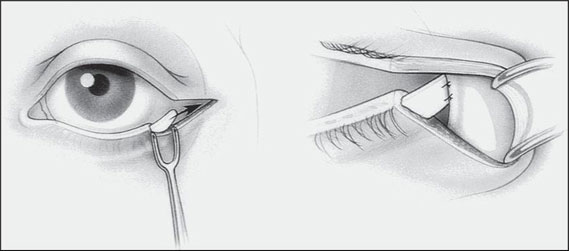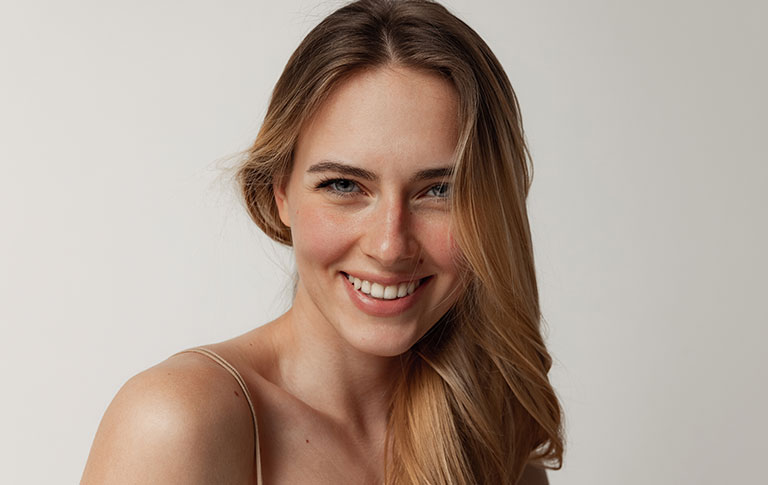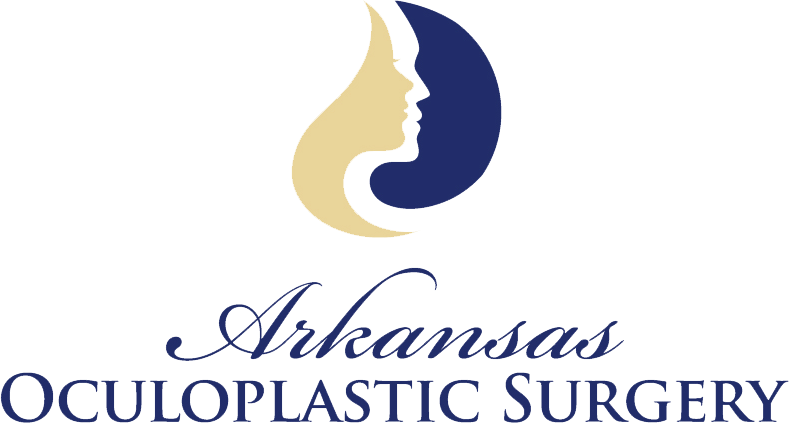
Ectropion Repair in Little Rock
Little Rock Oculoplastic & Facial Cosmetic Surgeon
Overview
Ectropion is a condition that usually effects only the lower eyelid. There are several types of ectropion. These include: 1) involutional; 2) cicatricial; 3)paralytic or mechanical; and 4) congenital. Involutional (age-related) ectropion is the most common manifestation of ectropion. It occurs when the tissues of the eyelid become lax or unstable. Involutional ectropion can frequently be seen in younger people with sleep apnea or patients with chronic irritation of the eyelid who have to rub and traumatize the eyelids frequently.About Ectropion Repair Procedure
The lateral aspect of the eyelid margin is excised and the eyelid is then reattached to the lateral canthal tendon. This effectively removes the slack or tightens the eyelid. An adjuvant to this approach can be thermocautery of the back of the medial eyelid or excising a small area of tissue from the back of the medial eyelid. There are some other approaches such as excising a full-thickness wedge of tissue from the central or lateral lower eyelid and then suturing the edges together. In the case of paralytic ectropion, sometimes a tarsorrhaphy is also placed laterally. A tarsorrhaphy is a procedure to temporarily or permanently suture part of the upper and lower eyelid together; usually this is performed laterally only.Types of Ectropion
Involutional ectropion and paralytic ectropion are most often effectively repaired by a lateral tarsal strip or horizontal eyelid tightening. This is performed by making a small incision in the lateral corner of the eye between the upper and lower eyelid margin. Then the lower eyelid is released from the lateral canthal tendon. Cicatricial ectropion is also fairly common and is usually a combination of involutional changes and cicatricial or actinic changes of the skin. To repair cicatricial ectropion, it is common to perform a lateral tarsal strip procedure but the placement of a skin graft is often necessary. Usually, a skin graft is harvested from the upper eyelid, skin in front of the ear, skin behind the ear, or from the shoulder or base of the neck—it just depends on where the skin is available (the least hairy and least sun-damaged skin is selected). When ectropion is causing irritation and tearing, patients are relieved to have it corrected.Real Patient Results
This patient has ectropion. This is due to laxity in the eyelid. By tightening the eyelid, it assumes a more natural and stable position. This is frequently corrected through a small lateral incision but other approaches and adjuvants are sometimes useful as well.a. 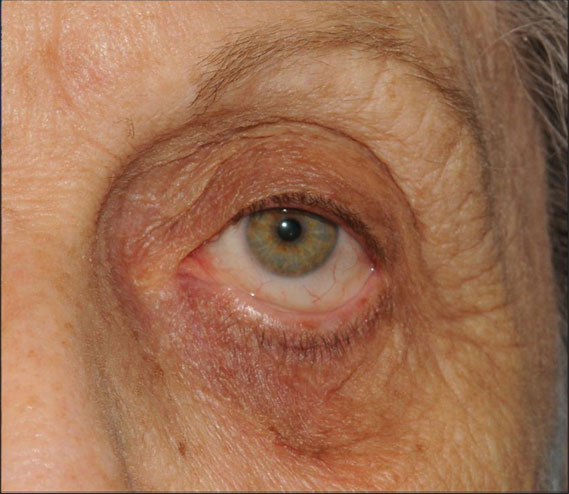

b. 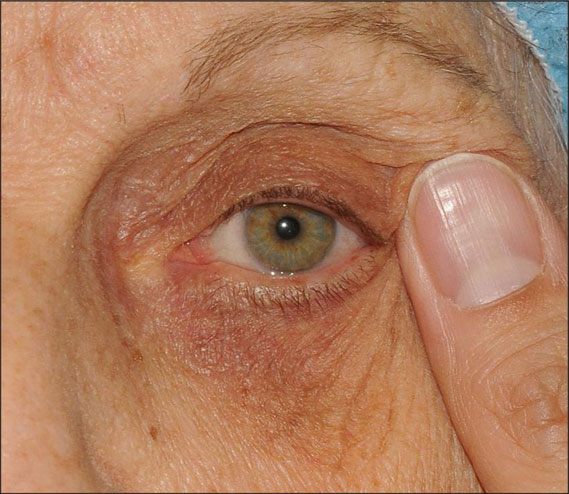

c. 